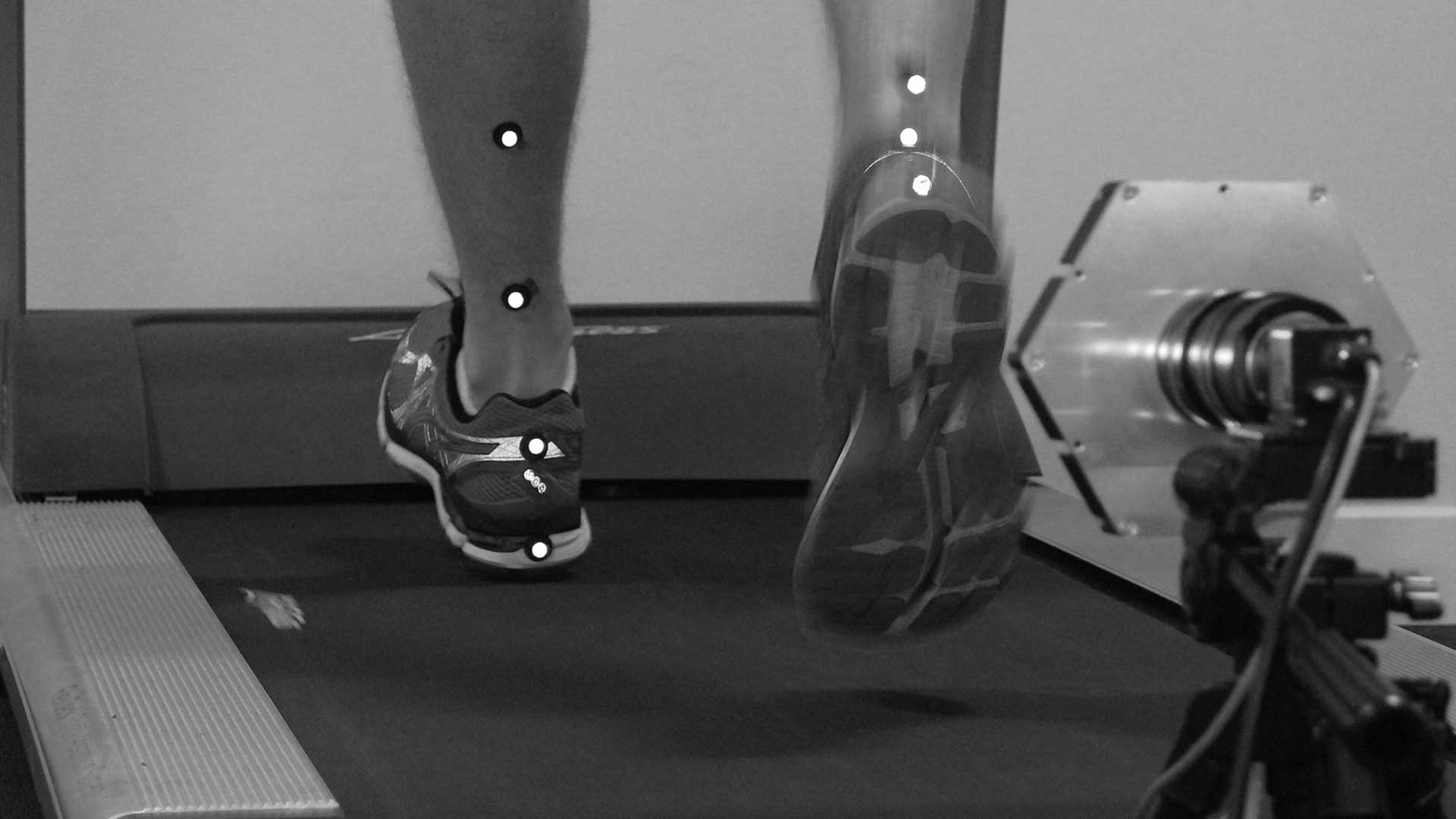Sports Injuries
- View the walking or running style of an individual in slow motion, with frame-by-frame analysis.
- Show movement technique of current with best images, together with the back-up verbal instructions and biomechanical analysis.
- Create lines, angle alignment guides to X or Y axis, point trajectories, linear speeds and accelerations for use in detailed analysis of technique.
- Measure angles, i.e. hip extension, knee flexion, tibial varum etc. against x or y-axis in static or dynamic motion.
- Record development in children, such as degree of genu valgum or angle and base of gait on a biannual or annual basis.
- Review posture after exercise therapy, manipulation or before and after orthoses.
- Capture and print digital colour images for the production of reports.
- Can be used on site and easily moved to take frontal, sagittal or posterior views. In addition, can be used in the field to capture sportsmen and women performing their specific activities.
- Review differences in running style barefoot or in different types of footwear.
- Combine analysis with RSscan International footscan® www.rsscan.com
- Create a ‘blueprint’ of a sporting technique, correct posture or normal gait – save on computer.
- Evaluate limb length discrepancy before and after heel raise and footware modification.
Examples of Quintic in Sports Injuries

Presentation to the Football Association:
‘Quintic’ Digital Video Analysis Software and RS scan ‘Footscan’
The use of kinetic, RS Footscan, and kinematic, Quintic Video, analysis can give some insight into the biomechanical cause of an injury. To illustrate their usage and application to injury analysis, the following case study is presented: A 31 year old Nationwide Division One Striker presented with an Achilles tendon injury. Previous injuries include bilateral ACL Repairs and an Orthopaedic pinning of the Lumbar spine.
